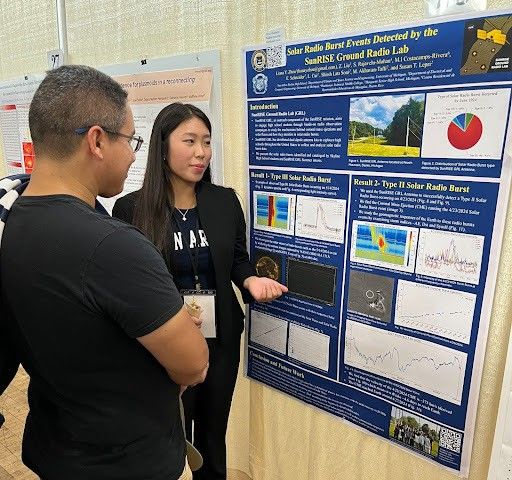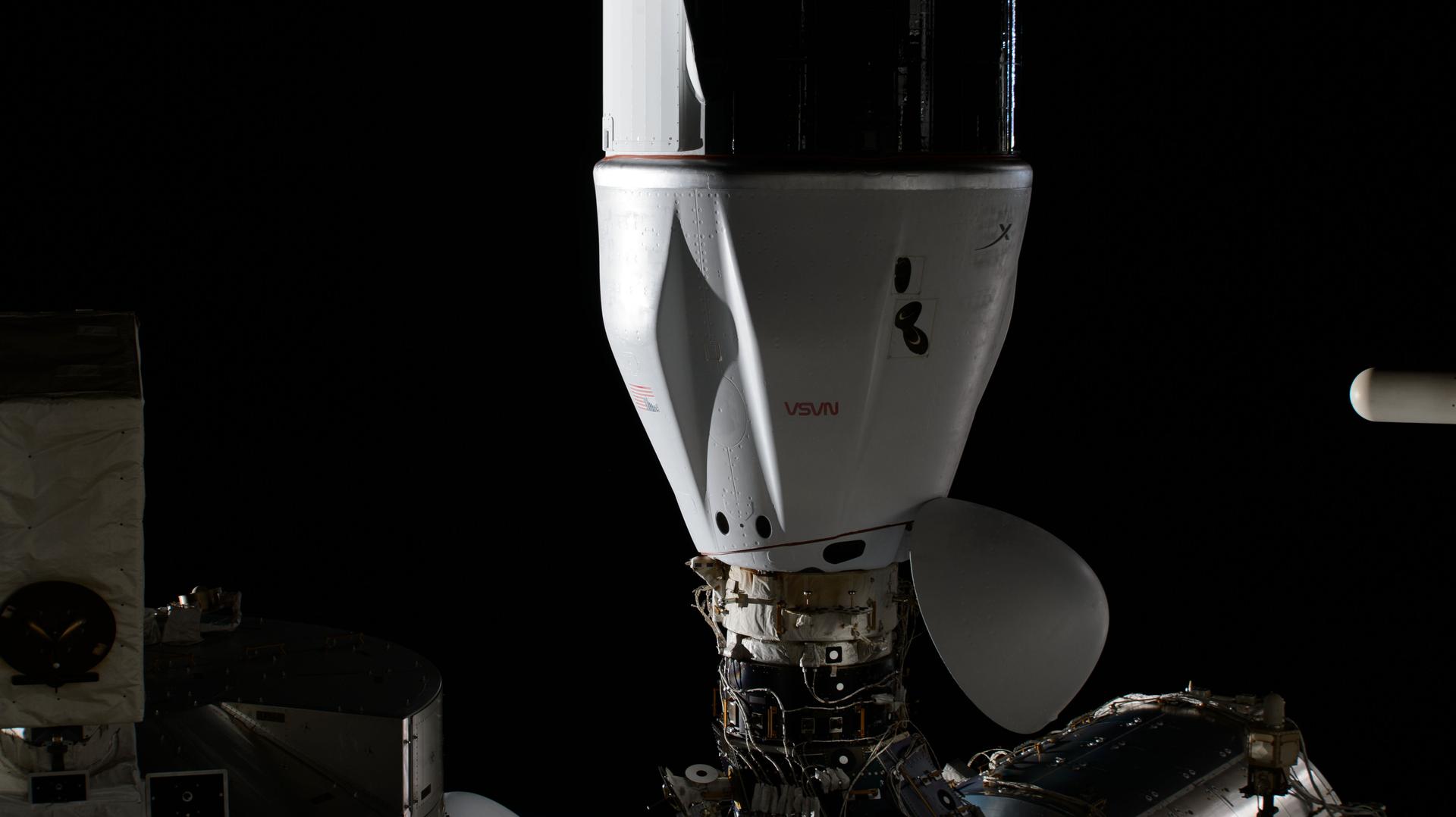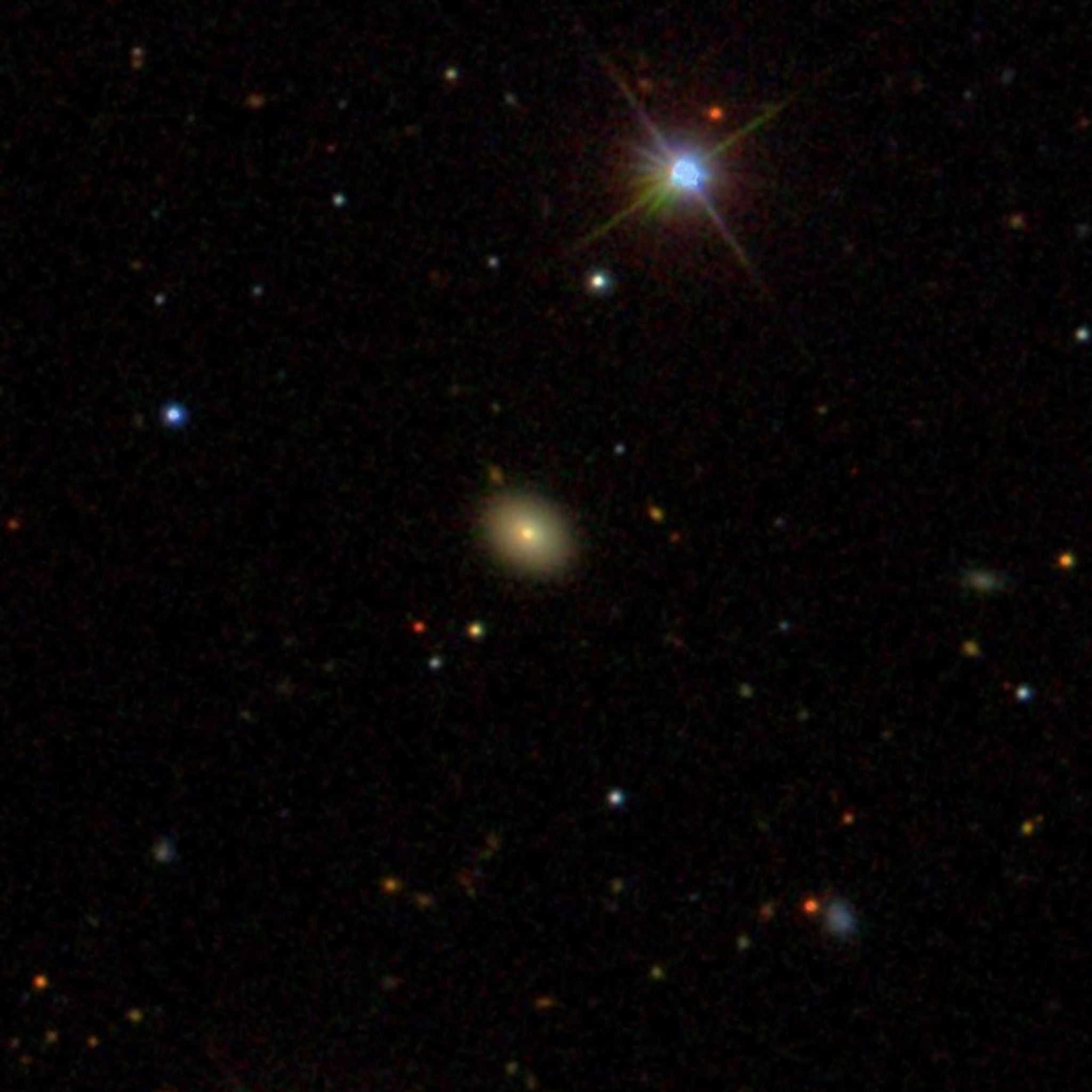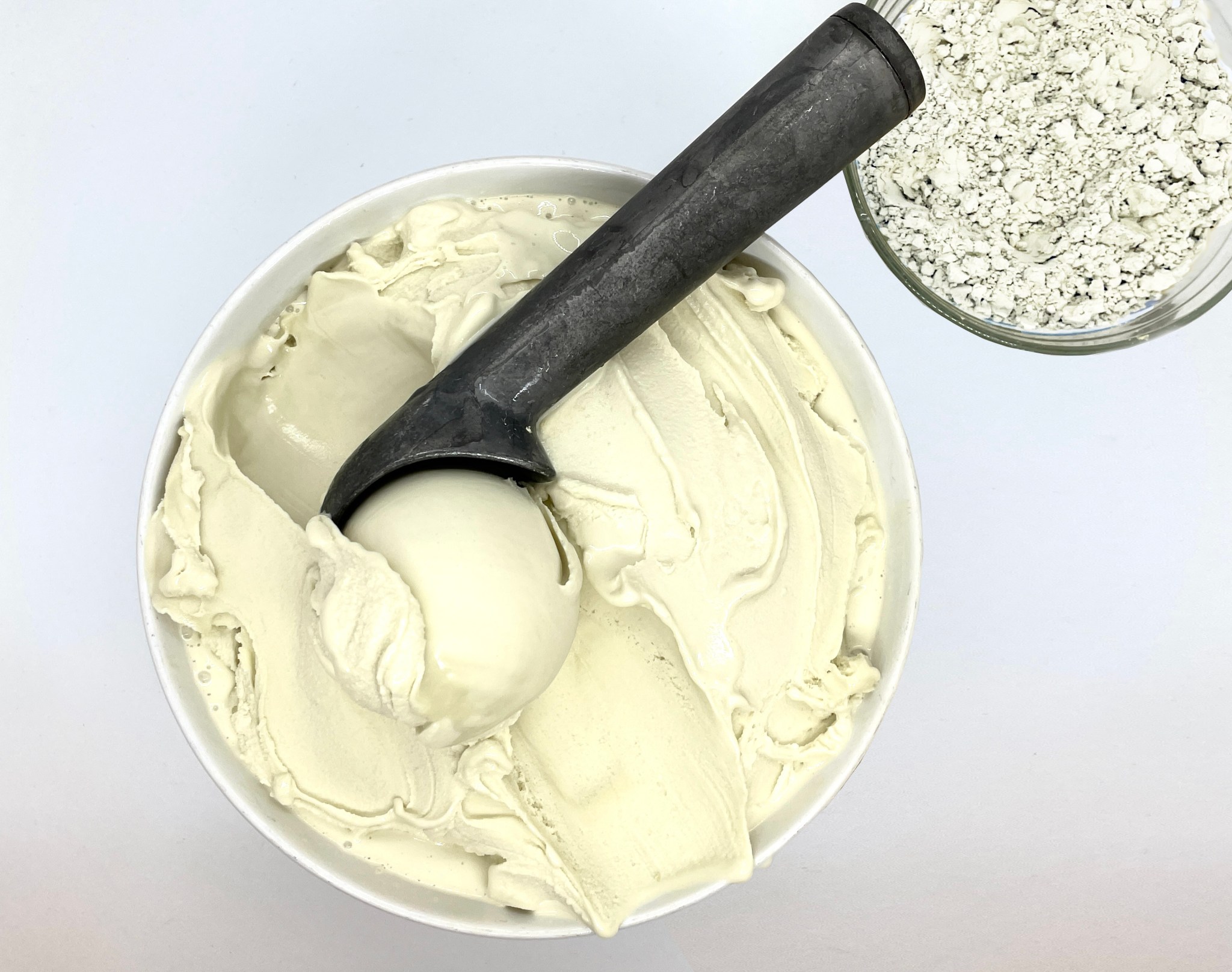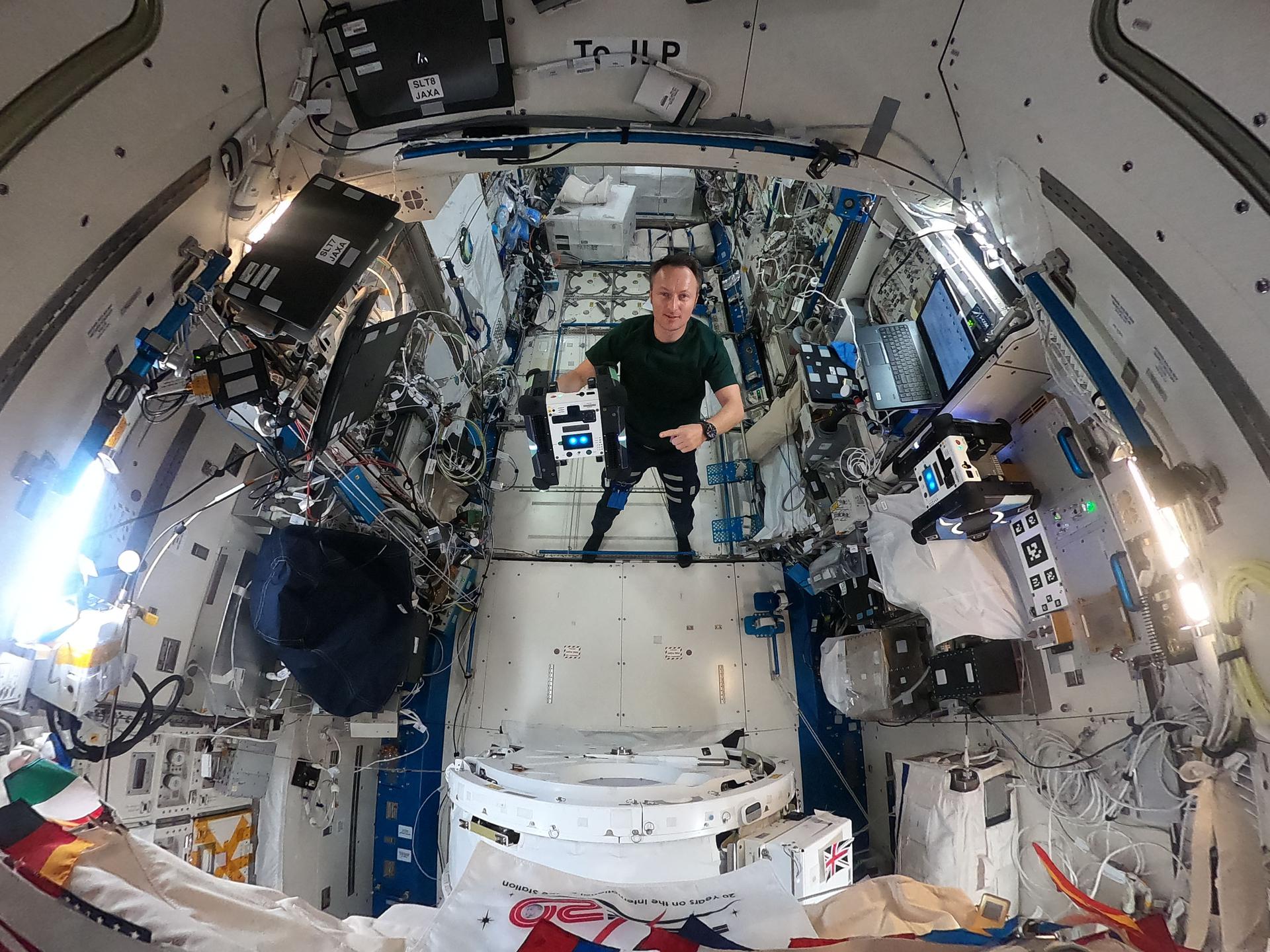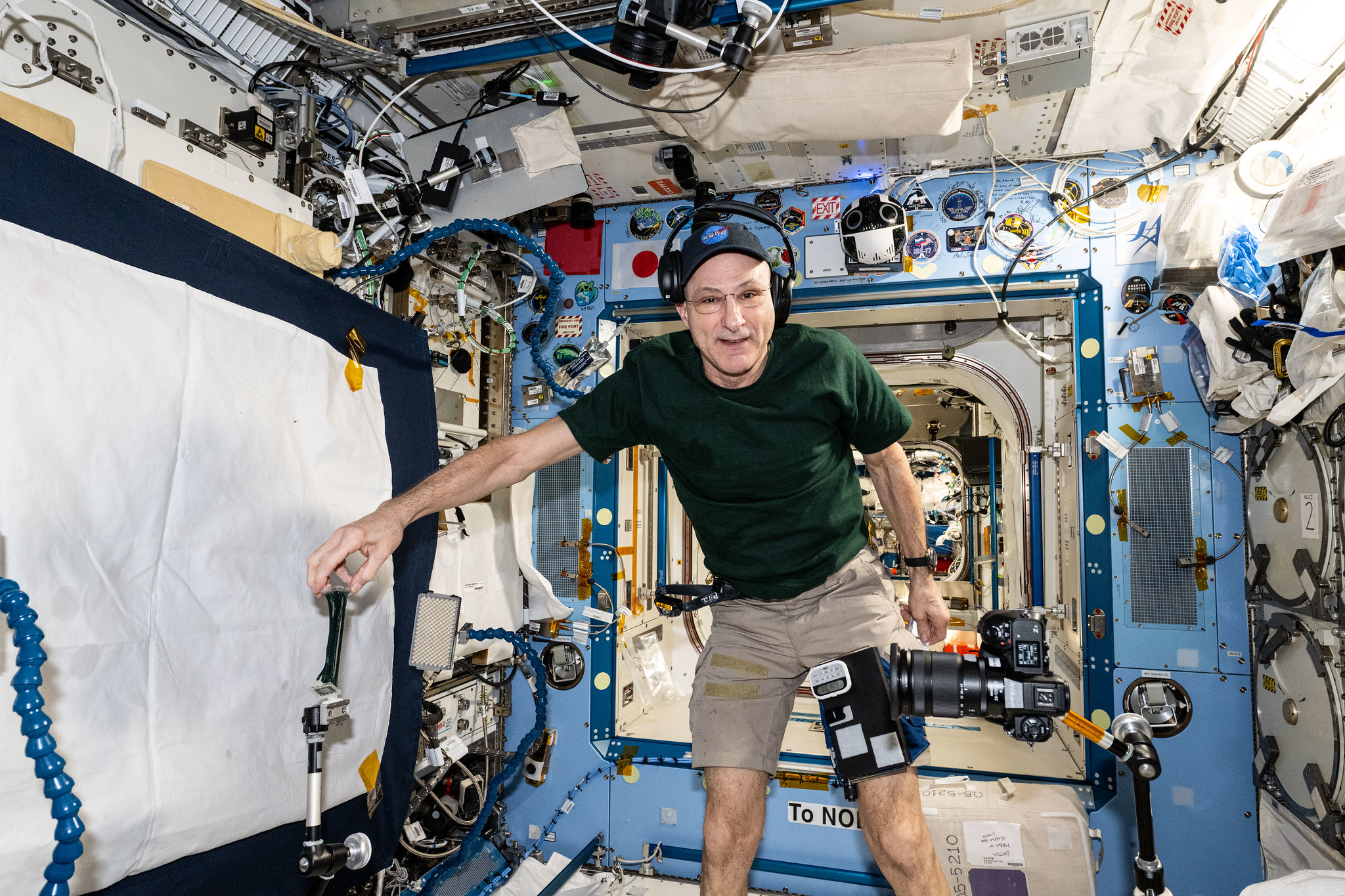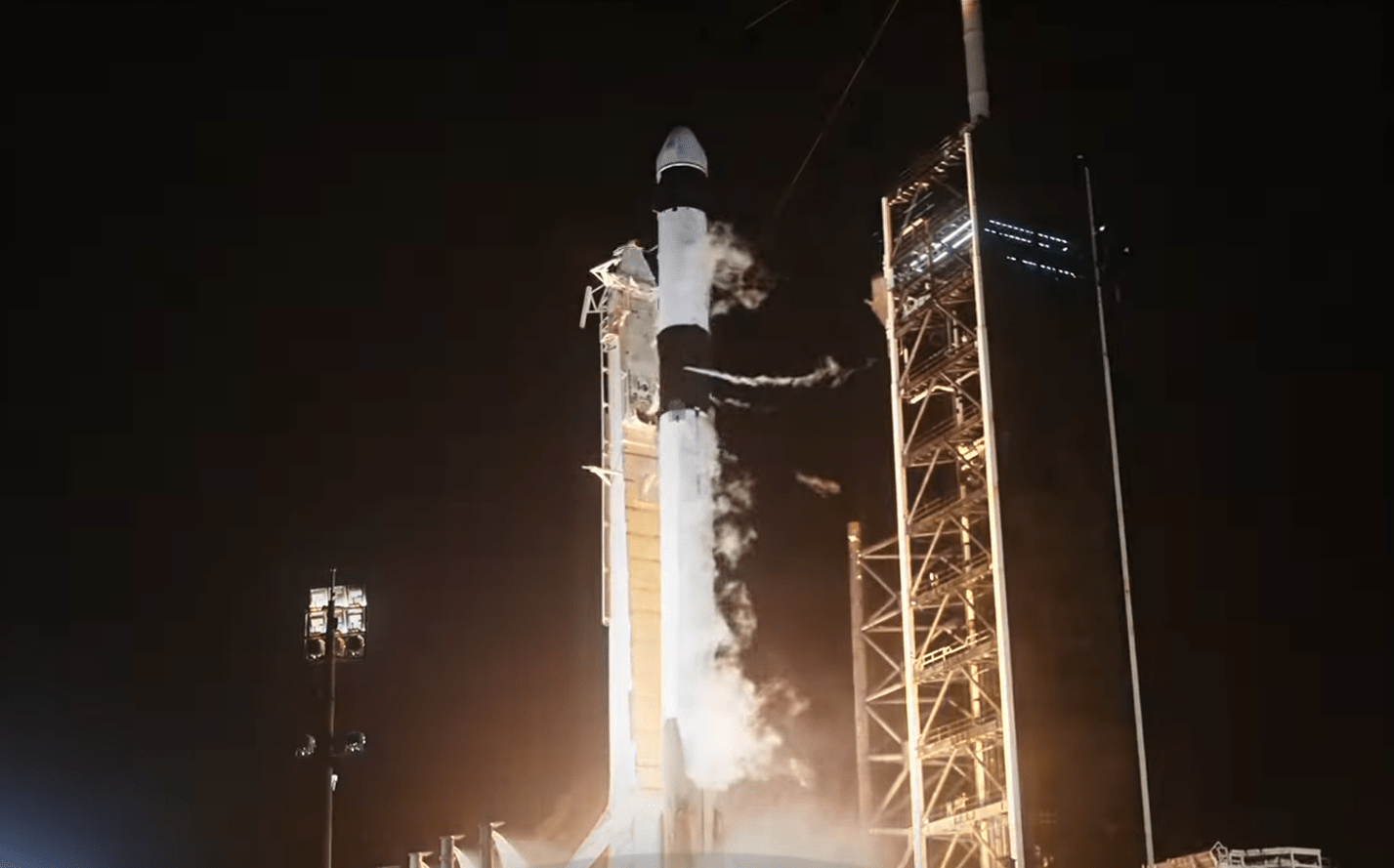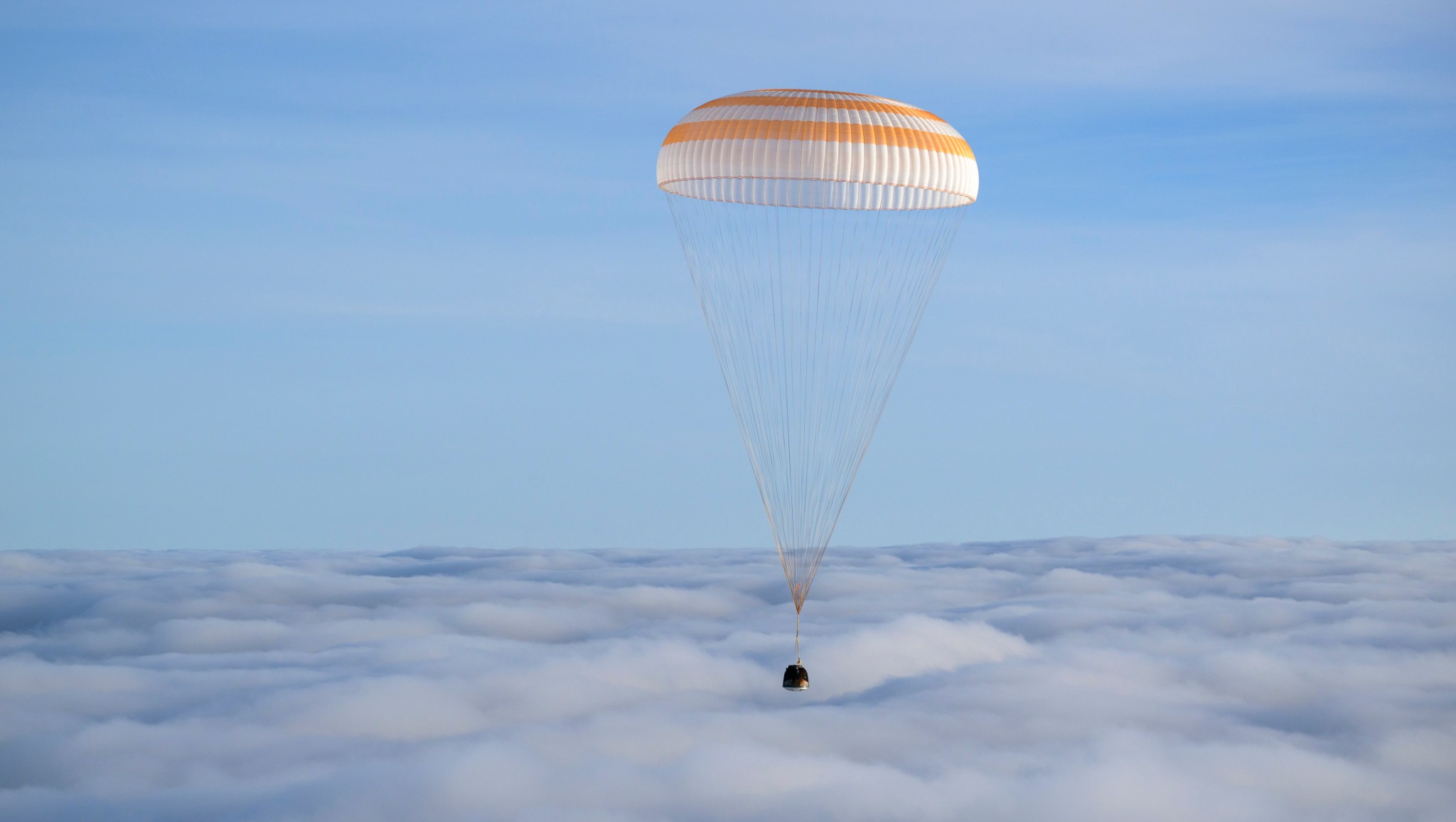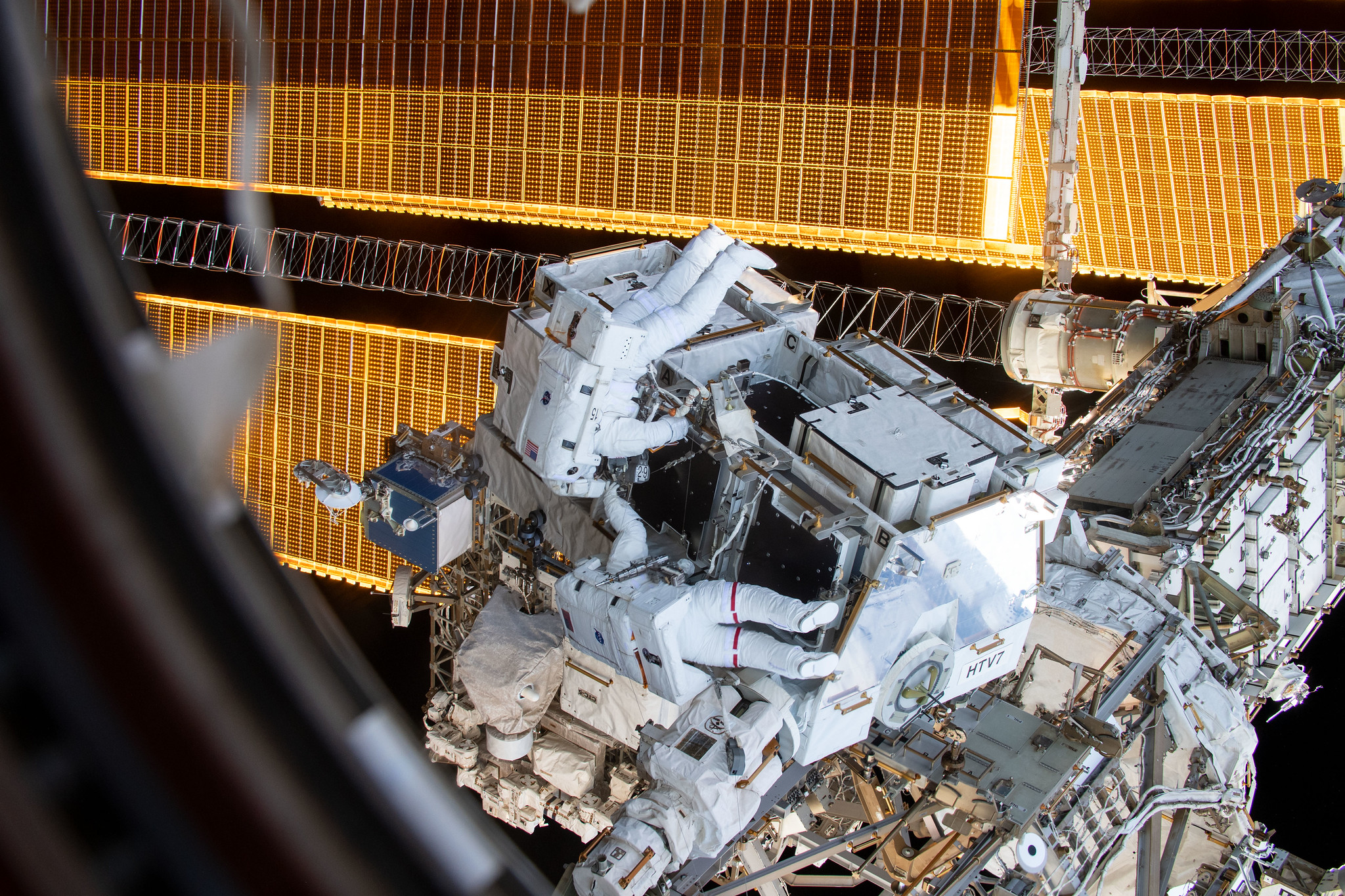3 min read Preparations for Next Moonwalk Simulations Underway (and Underwater) How do we do research in zero gravity? Actually when astronauts do experiments on the International Space Station, for instance, to environment on organisms, that environment is actually technically called microgravity. That is, things feel weightless, but we’re still under the influence of Earth’s gravity. Now, the very microgravity that we’re trying to study up there can make experiments actually really kind of difficult for a bunch of different reasons. First of all, stuff floats. So losing things in…
Read MoreTag: ISS Research
NASA Sets Coverage for 32nd SpaceX Resupply Mission Departure
The SpaceX Dragon cargo spacecraft, on NASA’s 30th Commercial Resupply Services mission, is pictured docked to the space-facing port on the International Space Station’s Harmony module on March 23, 2024. Credit: NASA NASA and its international partners will soon receive scientific research samples and hardware after a SpaceX Dragon spacecraft departs the International Space Station on Thursday, May 22, for its return to Earth. Live coverage of undocking and departure begins at 11:45 a.m. EDT on NASA+. Learn how to watch NASA content through a variety of platforms, including social…
Read MoreSpacewalk Research and Technology
4 Min Read Spacewalk Research and Technology NASA astronaut Anne McClain prepares spacesuits ahead of the May 2025 spacewalk. Credits: NASA Science in Space: May Crew members on the International Space Station periodically conduct spacewalks to perform a variety of tasks such as installing, upgrading, and repairing equipment. During a spacewalk on May 1, astronauts installed hardware to support the planned addition of a seventh roll-out solar array on the exterior of the space station. Each of these arrays produces more than 20 kilowatts of electricity and together they will…
Read MoreNASA’s NICER Maps Debris From Recurring Cosmic Crashes
5 min read NASA’s NICER Maps Debris From Recurring Cosmic Crashes Lee esta nota de prensa en español aquí. For the first time, astronomers have probed the physical environment of repeating X-ray outbursts near monster black holes thanks to data from NASA’s NICER (Neutron star Interior Composition Explorer) and other missions. Scientists have only recently encountered this class of X-ray flares, called QPEs, or quasi-periodic eruptions. A system astronomers have nicknamed Ansky is the eighth QPE source discovered, and it produces the most energetic outbursts seen to date. Ansky also…
Read MoreNASA Kicks Off Biological Research Aboard Space Station
Crew members are kicking off operations for several biological experiments that recently launched to the International Space Station aboard NASA’s 32nd SpaceX commercial resupply services mission. These include examining how microgravity affects production of protein by microalgae, testing a microscope to capture microbial activity, and studying genetic activity in biofilms. Microalgae in microgravity Sophie’s BioNutrients This ice cream is one of several products made with a protein powder created from Chlorella microalgae by researchers for the SOPHONSTER investigation, which looks at whether the stress of microgravity affects the algae’s protein…
Read MoreNavigation Technology
4 Min Read Navigation Technology ESA astronaut Matthias Maurer sets up an Astrobee for the ReSWARM experiment. Credits: NASA Science in Space April 2025 Humans have always been explorers, venturing by land and sea into unknown and uncharted places on Earth and, more recently, in space. Early adventurers often navigated by the Sun and stars, creating maps that made it easier for others to follow. Today, travelers on Earth have sophisticated technology to guide them. Navigation in space, including for missions to explore the Moon and Mars, remains more of…
Read MoreNASA Astronaut Don Pettit to Discuss Seven-Month Space Mission
NASA astronaut and Expedition 72 Flight Engineer Don Pettit sets up camera hardware to photograph research activities inside the International Space Station’s Kibo laboratory module on March 15, 2025. Credit: NASA Media are invited to a news conference at 2 p.m. EDT Monday, April 28, at NASA’s Johnson Space Center in Houston where astronaut Don Pettit will share details of his recent mission aboard the International Space Station. The news conference will stream live on NASA’s website. Learn how to stream NASA content through a variety of platforms. To participate…
Read MoreNASA Science, Cargo Launch on 32nd SpaceX Resupply Station Mission
A SpaceX Falcon 9 rocket carrying a Dragon spacecraft lifts off from Launch Complex 39A at NASA’s Kennedy Space Center in Florida at 4:15 a.m. EDT on April 21 2025, on the company’s 32nd commercial resupply services mission for the agency to the International Space Station. Credit: NASA Following the successful launch of NASA’s SpaceX 32nd Commercial Resupply Services mission, new scientific experiments and supplies are bound for the International Space Station. The SpaceX Dragon spacecraft, carrying approximately 6,700 pounds of cargo to the orbiting laboratory for NASA, lifted off…
Read MoreNASA Astronaut Don Pettit, Crewmates Complete Space Station Expedition
The Soyuz MS-26 spacecraft is seen as it lands in a remote area near the town of Zhezkazgan, Kazakhstan with Expedition 72 NASA astronaut Don Pettit, and Roscosmos cosmonauts Alexey Ovchinin and Ivan Vagner aboard, April 19, 2025 (April 20, 2025, Kazakhstan time). The trio are returning to Earth after logging 220 days in space as members of Expeditions 71 and 72 aboard the International Space Station. NASA/Bill Ingalls NASA astronaut Don Pettit returned to Earth Saturday, accompanied by Roscosmos cosmonauts Alexey Ovchinin and Ivan Vagner, concluding a seven-month science…
Read MoreNASA to Cover US Spacewalk 93, Hold Preview News Conference
NASA astronauts work to retrieve batteries and adapter plates from an external pallet during a spacewalk to upgrade the International Space Station’s power storage capacity. Credit: NASA Two NASA astronauts will venture outside the International Space Station, conducting U.S. spacewalk 93 on Thursday, May 1, to complete station upgrades. NASA will preview the upcoming spacewalk during a news conference at 2 p.m. EDT on Thursday, April 24, on the agency’s website from NASA’s Johnson Space Center in Houston. Learn how to watch NASA content through a variety of platforms, including…
Read More